Avoid These Custom Home Mistakes
Introduction
Building a custom home is a once-in-a-lifetime opportunity to design a space tailored to your unique lifestyle. However, without careful planning, costly mistakes can derail your dream home. From budgeting missteps to poor design choices, avoiding these common pitfalls will help ensure a smooth and successful build. Here are the top mistakes to avoid when working with a custom home-building company.
1. Inadequate Planning and Budgeting
One of the biggest mistakes in custom home construction is failing to establish a comprehensive plan and realistic budget. Without a clear financial roadmap, unexpected costs can quickly escalate. To avoid this:
Work with a professional builder to create a detailed cost breakdown.
Account for permits, labor, materials, and unexpected expenses.
Establish a contingency fund to cover unforeseen costs.
Proper planning ensures that your custom home stays on track without financial surprises.
2. Choosing the Wrong Builder
Not all custom home builders are created equal, and selecting the wrong one can lead to delays, subpar craftsmanship, and communication breakdowns. To find the right builder:
Research builders’ portfolios and request references from past clients.
Verify licensing, insurance, and experience in custom home projects.
Choose a builder who is transparent and communicates effectively.
Partnering with a reputable custom home-building company will ensure your vision is executed flawlessly.
3. Overlooking Future Needs
A home should not only meet your current needs but also be adaptable for the future. Many homeowners make the mistake of designing for today without considering long-term requirements. To future-proof your home:
Plan for family growth, aging-in-place, or lifestyle changes.
Design flexible spaces that can evolve over time.
Invest in smart home features that enhance convenience and efficiency.
Thinking ahead will save you from costly renovations down the road.
4. Neglecting Energy Efficiency
Energy-efficient design is not just a trend—it’s a smart investment that reduces costs and environmental impact. Ignoring energy efficiency can lead to higher utility bills and poor indoor comfort. Ensure your home is energy-efficient by:
Installing high-performance insulation and windows.
Opting for solar panels and energy-efficient HVAC systems.
Using LED lighting and water-saving fixtures.
A well-designed energy-efficient home adds long-term value and sustainability.
5. Poor Space Planning
A custom home should be both beautiful and functional. Poor space planning can lead to awkward layouts, wasted square footage, and inefficient living areas. To optimize your floor plan:
Prioritize open and logical layouts with smooth traffic flow.
Ensure adequate storage solutions to minimize clutter.
Balance aesthetics with functionality to enhance daily living.
A well-thought-out floor plan will improve comfort and convenience in your new home.
6. Prioritizing Trends Over Timeless Design
While it’s tempting to incorporate the latest design fads, some trends quickly become outdated. Over-customizing to current styles can impact long-term resale value. To achieve a timeless look:
Choose neutral color palettes and classic materials like hardwood and natural stone.
Focus on quality craftsmanship and architectural details.
Incorporate trends in decor elements that can be easily updated.
A balanced approach ensures your home remains stylish and appealing for years to come.
7. Insufficient Communication with Your Builder
Communication is key to a successful custom home project. Many homeowners assume their builder understands every detail, leading to misunderstandings and errors. To maintain clear communication:
Schedule regular check-ins with your builder.
Use detailed contracts and documentation to outline expectations.
Don’t hesitate to ask questions or request updates throughout the process.
A transparent and collaborative relationship with your builder prevents costly mistakes.
8. Ignoring Permits and Regulations
Skipping or overlooking required permits and building codes can lead to fines, delays, or even demolition of non-compliant structures. To stay compliant:
Work with a builder who understands local zoning laws and permit requirements.
Ensure all inspections are completed at different construction stages.
Obtain all necessary documentation before starting construction.
Following the legal process protects your investment and ensures a smooth home-building experience.
Conclusion
Building a custom home is an exciting journey, but avoiding common mistakes is essential to achieving your dream home. From thorough planning and selecting the right builder to prioritizing functionality and sustainability, these key considerations will help ensure a seamless and successful build. By working closely with a trusted custom home-building company, you can create a beautiful, well-designed home that meets your needs today and for years to come.

